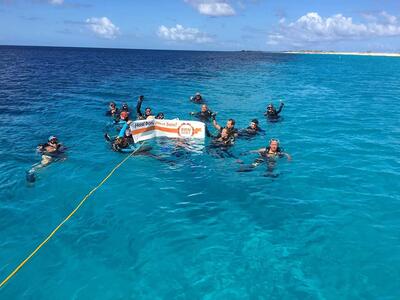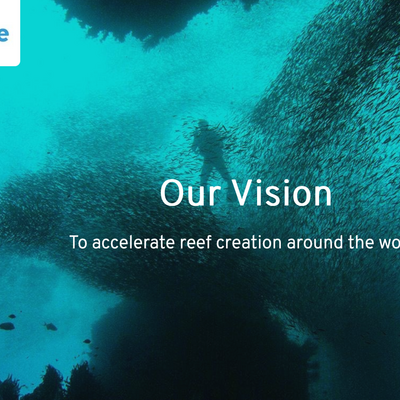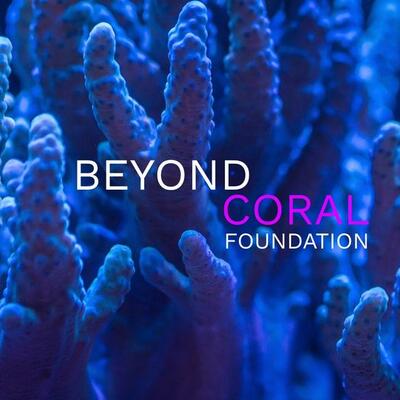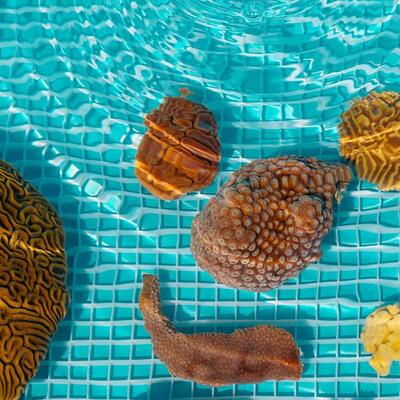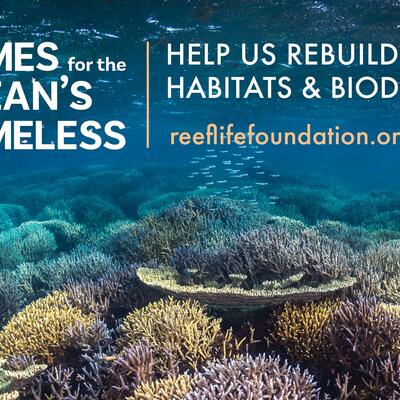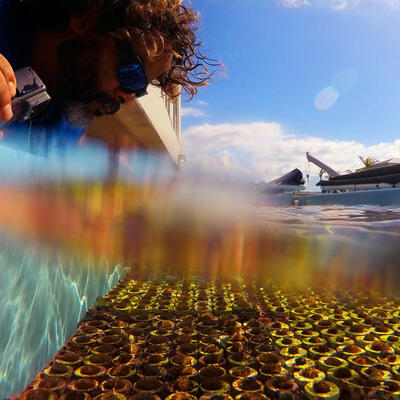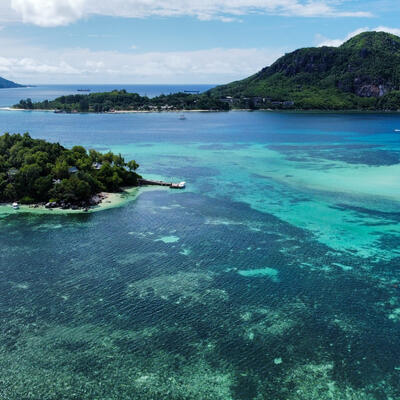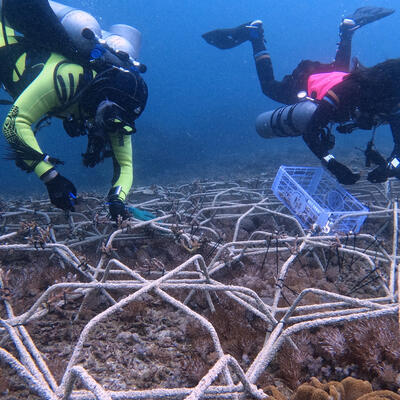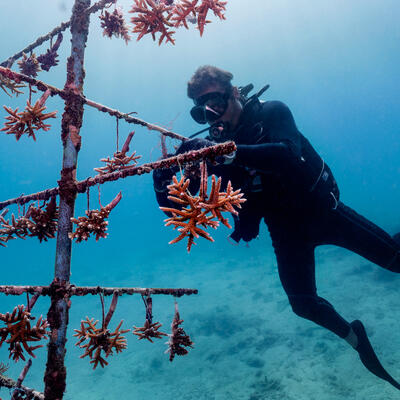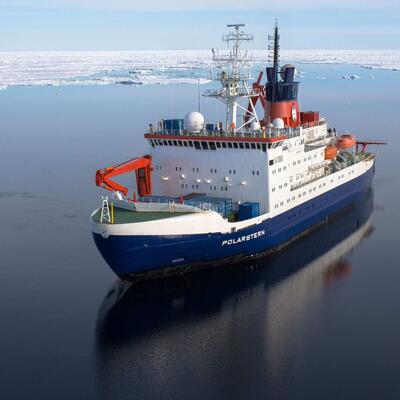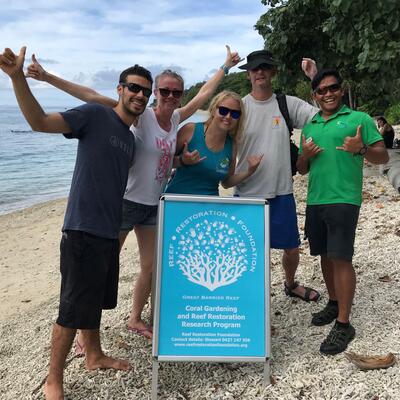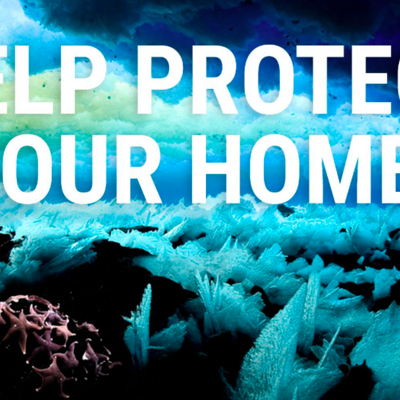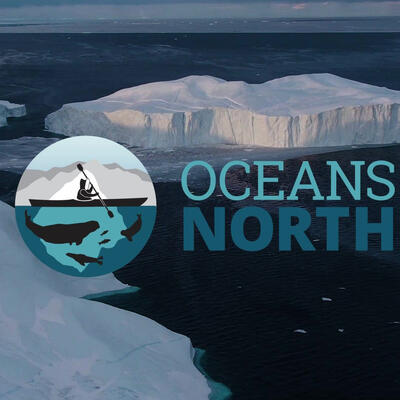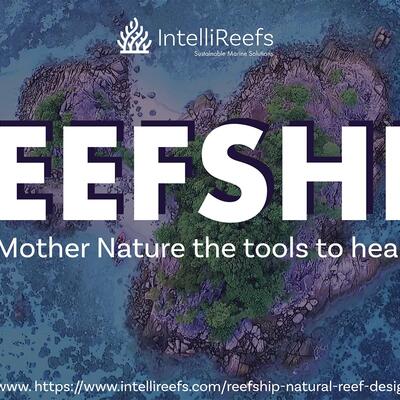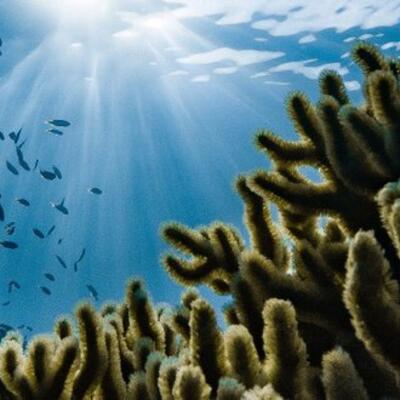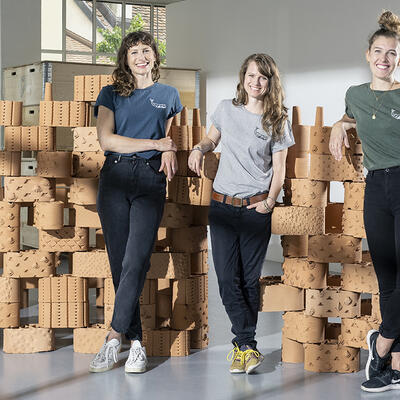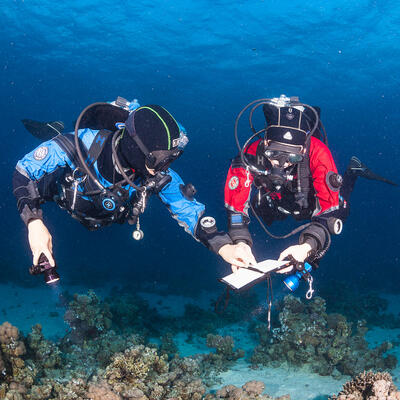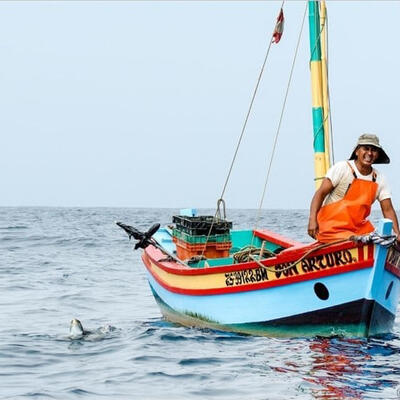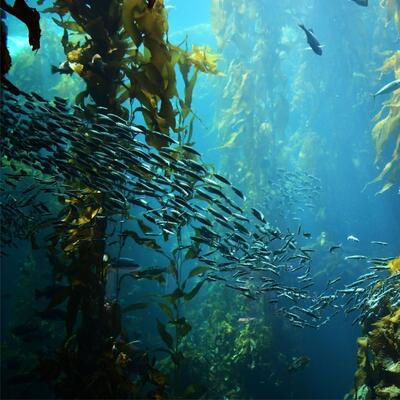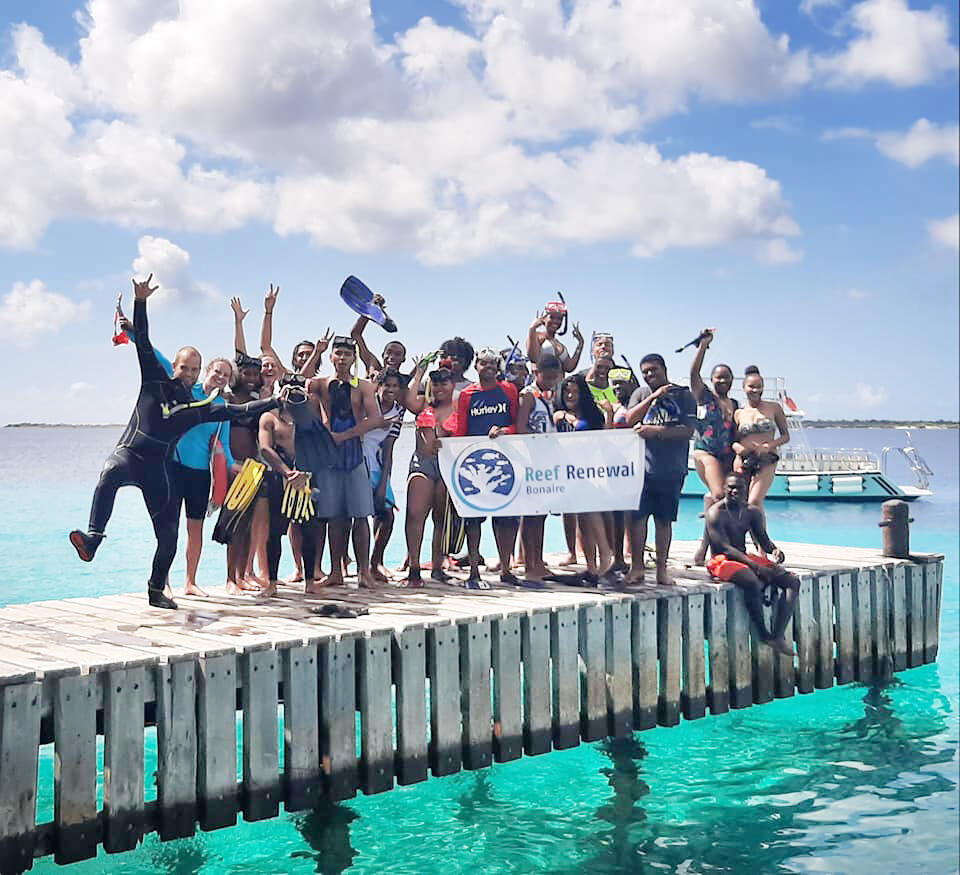
Reef Renewal Bonaire
-
Main problem:
Climate Change -
Subproblem:
Dying of coral reefs -
Consequence:
Destruction of habitats, Water temperature increase -
Solution:
Harnessing the natural process of fragmentation to propagate large numbers of corals
Reef Renewal Foundation Bonaire
assists the recovery of deteriorated coral reef areas in Bonaire, using active coral restoration as a strategy to preserve and enhance the population of coral species.
Coral propagation by fragmentation is the restoration technique that we began our project with in 2012. This method is based on the asexual reproduction of corals and allows us to harness the natural process of fragmentation to propagate large numbers of corals. It enables us to produce thousands of corals without harming the wild populations. By utilizing fragmentation, we can quickly restore coral populations using a well-established approach that has been used for years by reef restoration programs worldwide.
Today our nurseries which are distributed among several locations on the leeward side of Bonaire and Klein Bonaire can host over 15,000 corals. Each coral morphology is different and therefore there is no “one size fits all” approach. Depending on the species, corals are either hung from the branches of the trees or secured on trays.
We are always looking for innovative ways to scale up our restoration efforts. Nurseries that are installed temporarily next to an outplanting site, called pop-up nurseries, allow more time for corals to acclimate to the site conditions before being outplanted. Furthermore, by eliminating coral transportation between nursery and outplanting sites, these nurseries simplify logistics and reduce the stress on corals. After 2-3 years the nursery is removed and relocated to a new restoration site, leaving no trace behind.
Corals are selected in the nursery to be outplanted to the reef once they are “reef-ready”. This means their age, size, and overall health, makes them better-suited for survival when exposed to stressors that exist in greater abundance outside of a nursery environment. Genetically diverse corals are then tagged, taken to a selected restoration site, and outplanted back to the reef, using various methods. Depending upon the species of coral and the environmental conditions of the reef, a variety of outplanting methods are used. Careful consideration goes into choosing an outplanting site and the method.
Photo Credits by: ©reefrenewalbonaire
https://www.reefrenewalbonaire.org/




